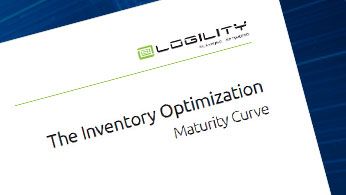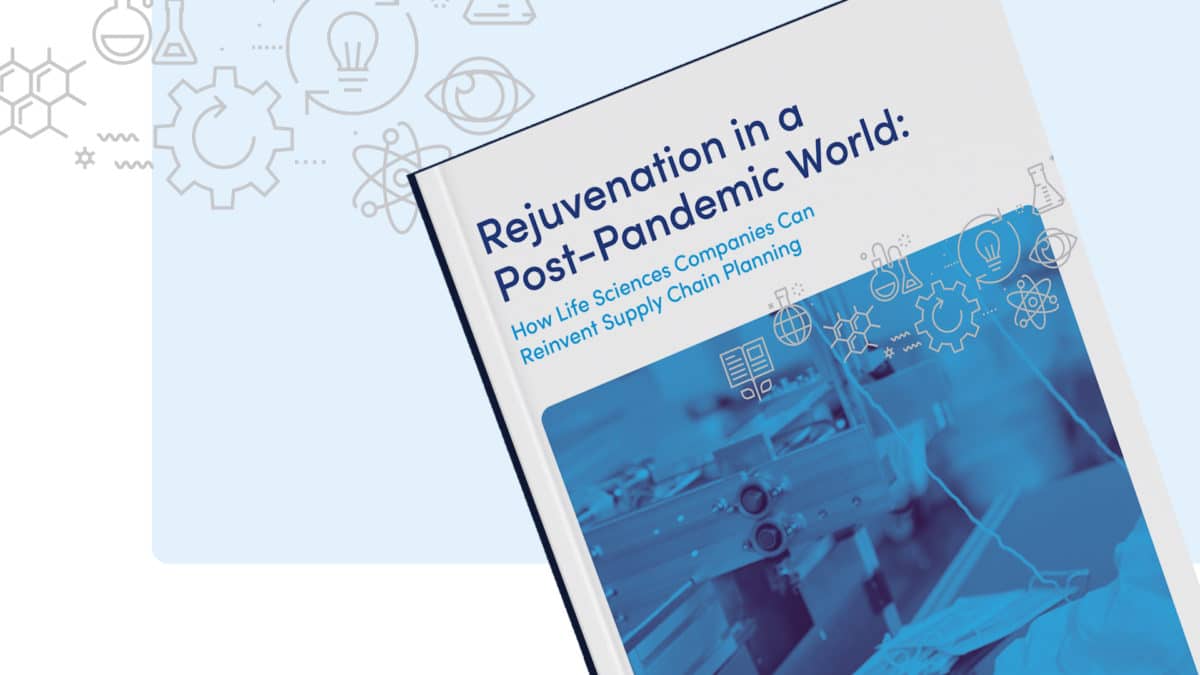The Inventory Optimization Maturity Curve

Description
Over the last dozen years Inventory Optimization (IO) has assumed a crucial role in the omni channel supply chain. Its bottom-line benefits have proven to rival established activities such as network design, transportation optimization, advanced planning and scheduling and sales and operations planning (S&OP). Implementing an inventory optimization strategy is a process, and there are different points of maturity as the process evolves over time.
The omni channel business challenge is the same today as ever—hold the least amount of inventory while meeting customer service requirements—but the methods have evolved.
While components such as re-order point formulas, safety stock calculations and economic order quantities are just as relevant now as they were in the 80’s and 90’s, the inventory optimization discipline today exhibits a never-before possible sophistication. Its activities range from simple inventory management techniques all the way to advanced multi-echelon optimization, from tactical deployment of safety stocks for SKU’s to strategic use of inventory analytics to drive an integrated S&OP process.
As their IO efforts and understanding become progressively more mature, companies traverse a common sequence of stages. Experience shows that all companies fit somewhere along this universal spectrum of IO sophistication and expertise. An organization must first understand where it sits on the IO maturity curve in order to pursue a journey toward superior competitiveness and outstanding profitability.
This white paper defines the stages of the omni channel, inventory optimization maturity curve, and provides an overview of the necessary steps that companies must take to move up the curve and experience greater inventory savings, working capital availability and service level excellence.
Complete form to download White Paper
This site is protected by reCAPTCHA. Google Privacy Policy and Terms of Service apply.


